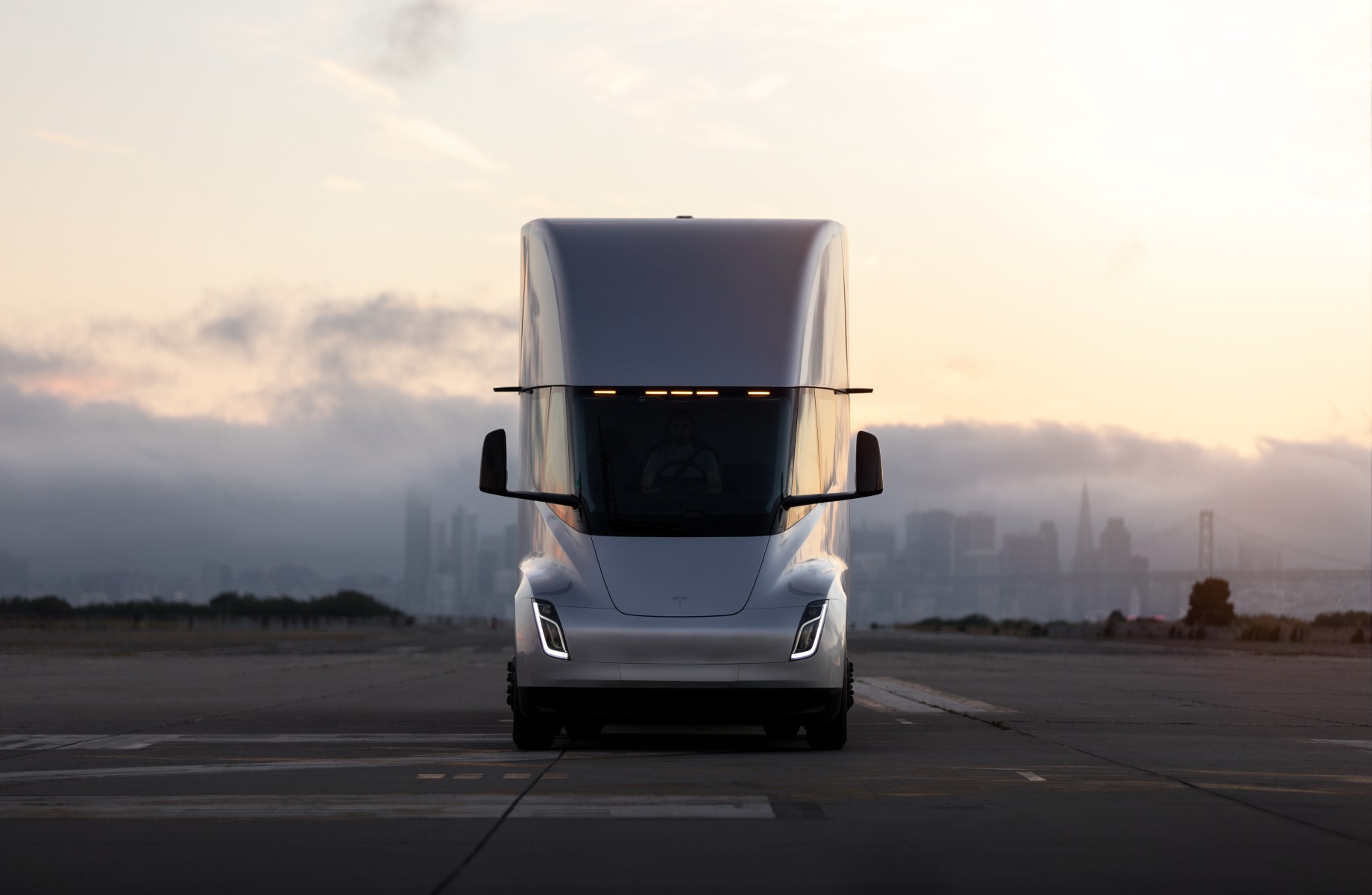Walmart orders 130 Tesla semi trucks

Walmart Canada announced today that the company has tripled its original order of Teslas. The company has committed to converting 20% of its fleets to electric power by 2022.
“Walmart Canada is now reserving a total of 130 Tesla Semi trucks, making it one of the largest reservations of electrified trucks in the country. The move comes on the heels of Walmart Canada announcing a major $3.5 billion investment over the next five years aimed to generate significant growth in the business and is aligned with Walmarts global goal to target zero emissions by 2040 announced at Climate Week earlier this month,” a Walmart press release states.
Walmart Canada said the company has invested $3.5 billion in reducing the company’s carbon footprint. The company will be adding two new distribution centers “to speed up the flow of products, re-invented and ‘smarter’ stores, an enhanced omni experience and modern digital tools to ensure associates can best serve customers.”
Walmart says the company is committed to converting 20% of its fleet to electric power by 2022 with its goal of using 100% alternative power by 2028.
“Tripling our reservation of Tesla Semi trucks is part of our ongoing effort to innovate the business and prioritize sustainability,” said John Bayliss, Senior Vice-president, Logistics and Supply Chain, Walmart Canada. “By converting 20 per cent of our fleet to electric vehicles by the end of 2022 and committing to alternative power for all fleet vehicles by 2028, we are putting safety, innovation and sustainability at the forefront of our logistics network.”
Walmart press release:
According to Tesla, the Semi will deliver a better experience for truck drivers, while increasing safety and significantly reducing the cost of cargo transport. “We are tremendously excited to equip our drivers with this next generation equipment. The safety and smart elements in the design are at the heart of our smart transportation ambition which will use technology and data to lower our operating costs and improve safety for associates,” said Francis Lalonde, Vice President, Transportation, Walmart Canada. The company cites the following sustainability and safety features as key highlights on the new Tesla Semi electric trucks:
- Tesla Semi consumes less than two kilowatt-hours of energy per mile at Gross Vehicle Weight (GVW) and highway speed, significantly reducing operating costs per mile compared to diesel.
- 500 miles range allows a driver to go to their destination and back without recharging (500 mile range at maximum weight at highway speed)
- Capable of 0-60 mph in 20 seconds with a full 80,000-pound load and can climb 5 per cent grades at a steady 65 mph (compared to 45mph for same grade in a diesel truck)
- Regenerative braking technology recovers 98 per cent of kinetic energy to the battery
- Surrounding vehicle cameras and sensors aid object detection and minimize blind spots, automatically alerting the driver to safety hazards and obstacles
- Additional driver safety features including Automatic Emergency Braking, Automatic Lane Keeping, Lane Departure Warning
The ability to travel 500 miles per charge is in line with Walmart Canada’s general fleet system, which consists mainly of single day round trips – allowing for the ability to convert from diesel at a faster pace. The enhanced driver safety features also offer a significant opportunity for the company to continue to address this critical issue.
Increasing the sustainability of its operations:
- The new Surrey and Vaughan distribution centres will be zero waste facilities when they open
- Converting all material handling equipment towards lithium ion or hydrogen technology
- Confirming its commitment to having a 100 per cent alternatively powered fleet by 2028
- Walmart Inc. recently announced it is doubling down on addressing the growing climate crisis by targeting zero emissions across the company’s global operations by 2040.
- Walmart and the Walmart Foundation are also committing to help protect, manage or restore at least 50 million acres of land and one million square miles of ocean by 2030 to help combat the cascading loss of nature threatening the planet.